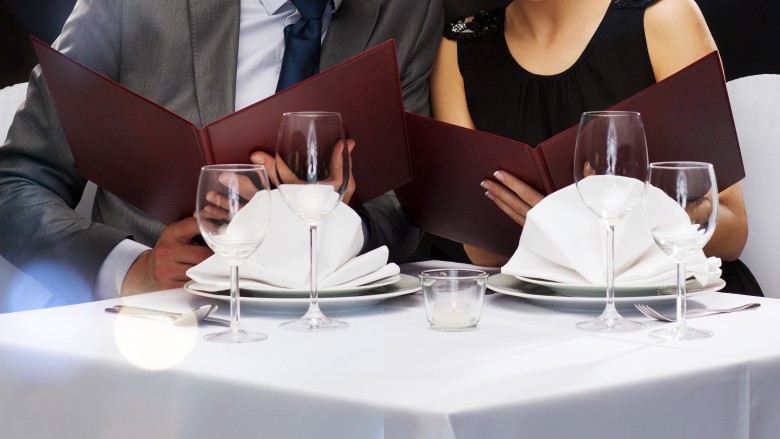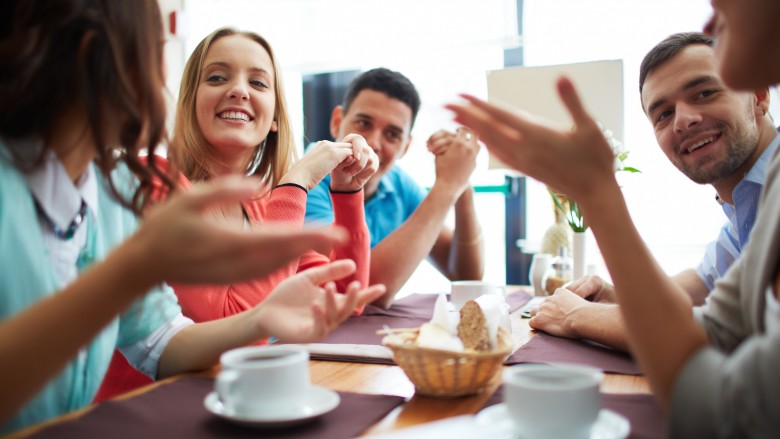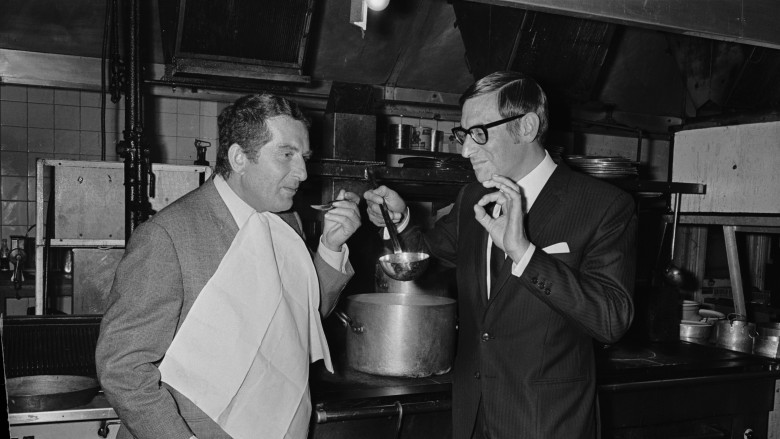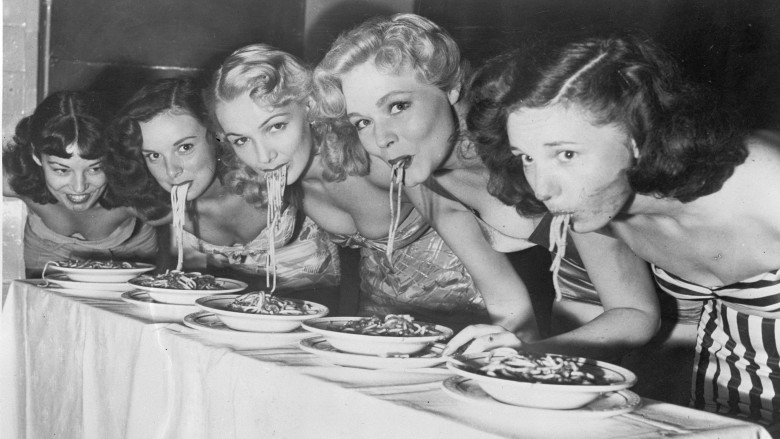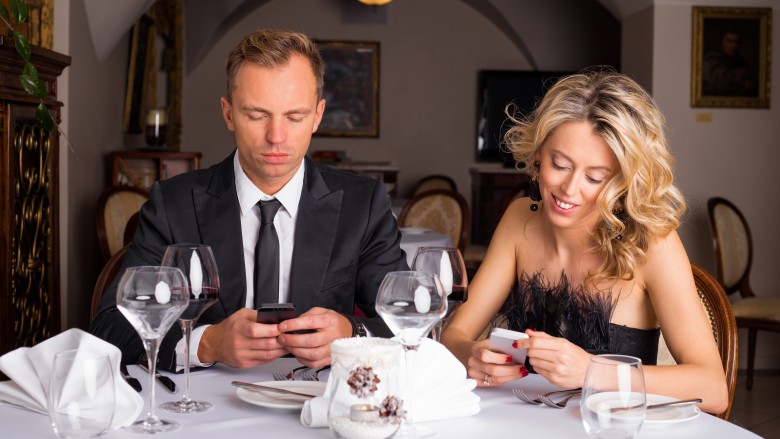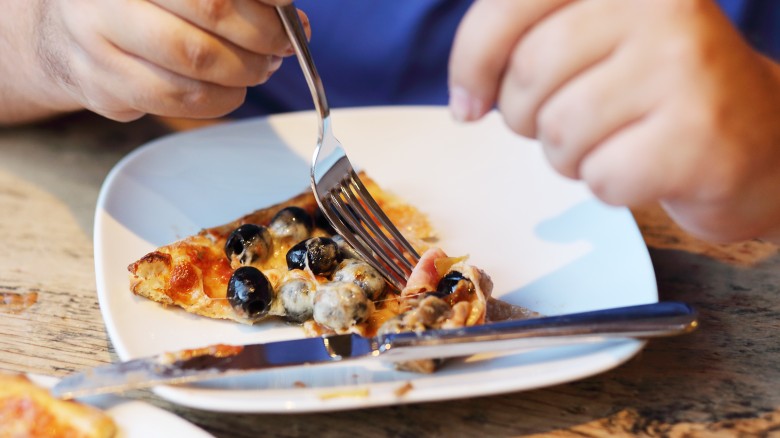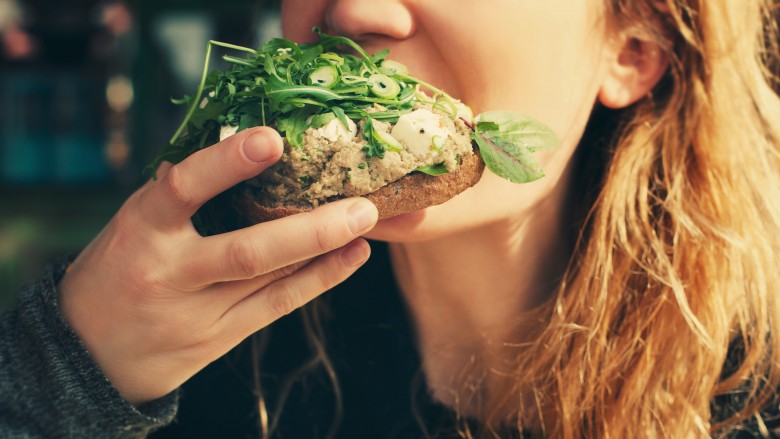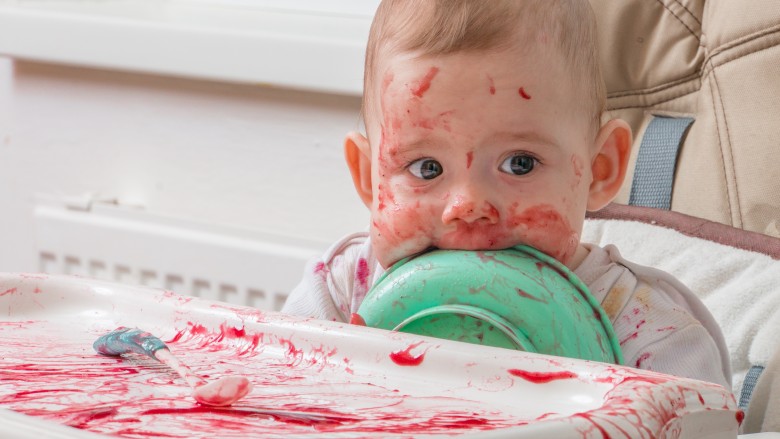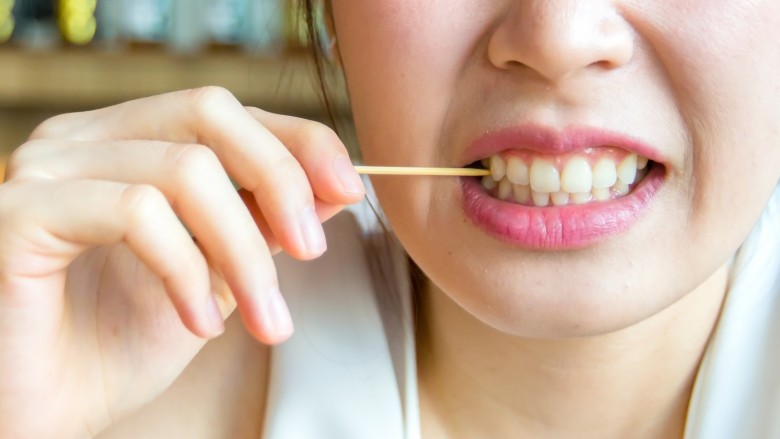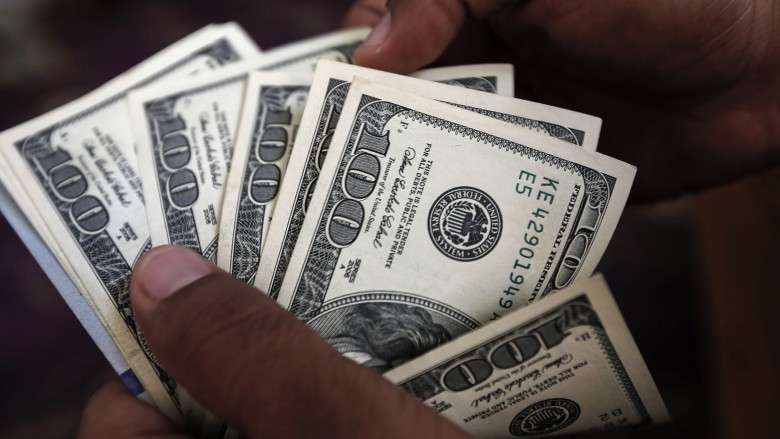Everything You Need To Know About Dining Etiquette
Do you remember your first dining experience? Not Tuesday night dinner at home or Sunday dinner at Grandma's house; but the first time you actually "went out"? One of my first dining experiences had me dressed to the nines in my white faux fur coat and plastic yellow sunglasses (no lenses) that I wore everywhere. Once seated at the table, I couldn't wait to try out all the etiquette lessons I had picked up in my four short years. Taking direction from my parents I placed my napkin in my lap, drank with my pinkie out like I had seen on Tom & Jerry and delighted in the fact that I could order anything I'd wanted from that magical albeit germ-laden menu. I was a pro.
Although time has passed, lessons in etiquette, especially when it comes to eating, have remained. Whether you learned from Mom and Dad or from Emily Post's Etiquette, (the go-to resource for etiquette and manners dating back to 1922), there is always room for a refresher. Of course, you can take etiquette classes if you have the time, but if you need help now, you're in the right place.
Seating arrangements
Seating arrangements vary depending on the dining situation. Dinner parties are the easiest as they completely take the guess work out of seating arrangements by utilizing place cards. Guests are seated in a strategic, classified pattern planned by the host/ess. But, for dining out with friends, things are a little different. As a lefty among right-handed friends and family, I always volunteer to take the seat where I won't bump elbows. But what about when it's just you and your sweetie? Opposite sides? Same side? Proper etiquette says the choice is up to you, but not everyone may agree. So sit on that for a while.
Elbows on the table
This is a widely accepted faux pas and most likely repeated at you ad nauseam since you were little. Eating with your elbows on the table conjures up images of cavemen protecting their meal or, worse, a glimpse of what happens when you're alone, hunched over your Chipotle, watching reruns of crappy sitcoms. While the exact origin of this rule is spotty, the reality is that as long as you aren't flapping around like a chicken and making a spectacle, you can be a little lax on this one. And as Etiquette Scholar argues, leaning forward on your elbows during a dinner conversation "shows that you're listening intently."
You're seated, now what?
You've settled in, handed back your menu, and in front of you lies an array of utensils, glasses, and dishes. Sitting quietly next to them is the good ol' napkin. Where should that go? On your lap? On the table? Tucked into your shirt? Unless you're at a lobster bake, the place for your napkin is in your lap where it will stay until you need to blot your mouth or clean your fingertips. And if you happen to excuse yourself during a meal, take a tip from Real Simple and place the napkin on the table to the left of your fork — not on the seat where it may stain.
When to start eating
Your timing will depend on where you are dining. At a dinner party, you should wait until your host starts. At a restaurant, the general rule is that you start once everyone has been served, but this (like everything) has some flexibility. In most situations, especially in a group setting with friends, if only one person is still waiting for their meal, everyone else is free to start. However, if you're dining with business associates or mostly strangers, it's best to wait until everyone has been served. If you're alone at home, you can basically eat whenever you want.
In-person conversation
Aside from the food, the best part of connecting over a meal is just that: connecting. According to a 2015 Pew Research poll, using cell phones at a restaurant or family dinner is one of the highest rated no-nos. Whether the meal is in or out of the home, dining with cell phones, tablets, or the TV isn't just a rude distraction — it can also cause health issues. Being distracted can lead to overeating, which may eventually lead to obesity issues, especially in children as stated in a University of Illinois study. Put the phone away, Instagram your appetizer later, and start talking instead of texting.
Cutting your food
This may seem straightforward. If you're having a steak, you wouldn't pick it up and start gnawing on it no matter how rustic or casual the restaurant. Same goes for chicken, chops, and big vegetables. But what about a burger? While it's acceptable to eat a fast-food hamburger as is, a burger at a sit-down restaurant may go either way. I'll be honest, when I'm out to eat, I'm a cutter. The thought of trying to tackle a 5-inch-tall burger makes me feel like I'm auditioning for an episode of Ginormous Foods.
And what about pizza? Fork or no fork? This may be more polarizing than cilantro, but I can wholeheartedly say I am not in favor of a fork. Fold it, bite it, done.
Chewing (and other noises)
Chewing? Obviously. Chewing with your mouth opened? Absolutely not. Cutting your food properly really eliminates this bad habit. If, however, you do take too big a bite and the waiter shows up as soon as you do, just place your hand or napkin in front of your mouth to avoid any embarrassing spillage. And remember, while slurping (and even burping) is an acceptable part of dining in Chinese culture, unless you're enjoying dim sum or ramen, it's best to keep these sounds to yourself.
Clean plate club
You're home, you're alone (is this a theme?), and the next thing you know, you're wiping the last bit of sauce off your plate with your finger. We've all been there. But try to have restraint in public, even when it's hard. Recently I had an outstanding ossobuco and thought to myself, "If I was home I'd have been a little more aggressive cleaning the bone and getting the marrow out." But I was in a window seat of a high-traffic restaurant in Lincoln Center, so I restrained myself. The same rule applies to eating peas from a knife, licking a knife, and (my personal kryptonite) sticking your fork in someone's dish without asking. But, if you must sop up that last little bit, take a lesson from the Italian culture and use a piece of bread known as fare la scarpetta.
Grooming at the table
I'm going to bet that every table of women has had this conversation at least once at the end of a meal: "Is there anything in my teeth?" There's also a guarantee that at least one of those women has a mirror handy. If you're unsure, you can discreetly pull out that mirror and check or better yet, excuse yourself and check it out in the ladies' room, just like Good Housekeeping says. According to some research, even our Neanderthal counterparts used toothpicks to help remove that unyielding bit of food, but even Alley Oop probably waited until he was away from the table to go digging.
Splitting the check
Ah, the check. Concrete proof of each calorie you savored. Why does it give everyone agita? Thankfully, new apps and online banking lets you easily pay one person who in turn can pay the whole check. With old standards (cash), splitting a check can be a breeze. This is especially convenient when there are more than two or three of you and shoving a book of credit cards back to the waiter or waitress seems obnoxious. Money Crashers has some additional tips for you, including the one I always struggle to remember — tip in cash.
I hope these etiquette tips come in handy the next time you're invited to a dinner party or brunch. And remember, as a wise woman once said, "Tables are made for glasses, not for asses."

